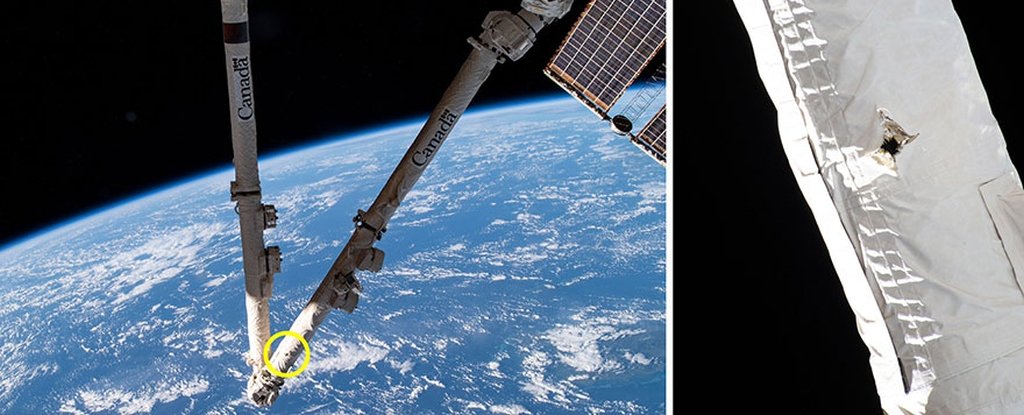
Issue No. 118 | The Orbital Index
A warm welcome this week to our latest sponsor, Back To Space. B2S is a for-profit impact company that works to inspire the next generation to develop an innate love of science, engineering, and space. 💫
On a personal note, early in the life of The Orbital Index, B2S did one of the nicest things ever and invited us to the Apollo 11 50th at KSC. This is just one reason why we’re helping to sponsor their upcoming charity event (see below) with some special swag. If you’ll be going, please let us know!
¶The possibility of a Europa Lander. Intense radiation from Jupiter converts ice and dust on the surface of its icy moon Europa into energetic compounds, which may cycle through the ice and ultimately be food for microbes in the ocean below. NASA has been developing a potential Europa Lander mission to look for such chemistry since 2016 (and also previously in 2005 and 2012). This mission concept proposes a 575 kg battery-powered lander with a limited (but still impressive) lifespan of 1-3 months. (An RTG-powered lander, while technically possible, is prohibitive due to cost, complexity, and planetary protection challenges.) The lander would arrive at Europa via sky-crane, in a manner similar to Perseverance, whose innovations would also provide Terrain Relative Navigation for a safe landing. The lander has collapsing legs to keep it flat on an uneven surface (pictured below). Prototype development of cryogenic surface sampling hardware has continued during the pandemic, with WFH engineers testing designs on snow and ice in their winter driveways. This sampling system would look for biosignatures and complex chemistry 10cm below the surface, where material cycled up through the ice would still be protected from Jupiter’s radiation. The mission’s final set of instruments is undecided, but will include advanced molecular sample analysis instruments (ex: mass analyzer, laser absorption spectrometer, UV imager, and long-distance Raman spectrometer), plus possibly a seismometer, magnetometer, electric field sensor (with perpendicular antenna wires shot out onto the ice by springs), cameras, and/or other sensors. One interesting component is the Terminal Sterilization System which helps ensure no biological contamination of Europa from Earth by incinerating internal hardware at the end of the mission that could harbor microbial contamination (surface components will be sterilized sufficiently by solar UV and Jupiter’s ionizing radiation environment during transit). Unlike previous years, Congress’s 2021 fiscal budget did not include language about Europa Lander, increasing the mission’s uncertainty. However, if selected for continued development, it would be able to follow shortly after Europa Clipper. Attending a recent development team workshop drove home the incredible amount of engineering that goes into missions well before they’re approved. While development work is likely applicable to other missions, we feel for the teams who build these ingenious systems without knowing if they'll ever be used.
¶‹Sponsored› The 50th Anniversary of Apollo 14. Back To Space is hosting a 50th-anniversary charity event in celebration of Apollo 14, the mission that represented the return to flight for both the Apollo program after the Apollo 13 disaster and Alan Shepard after his struggles with Ménière's disease. Shepard was joined by Edgar Mitchell and Stuart Roosa (whose granddaughter is part of B2S) on the third mission to reach the lunar surface. The event will feature Apollo 16 astronaut Charlie Duke presenting SpaceX with the FROM THE MOON TO MARS achievement award, signifying a passing of the baton from the Apollo generation of explorers to one of the leaders of the next. Join Back To Space at Kennedy Space Center on June 18-19 for this once-in-a-lifetime event.




















